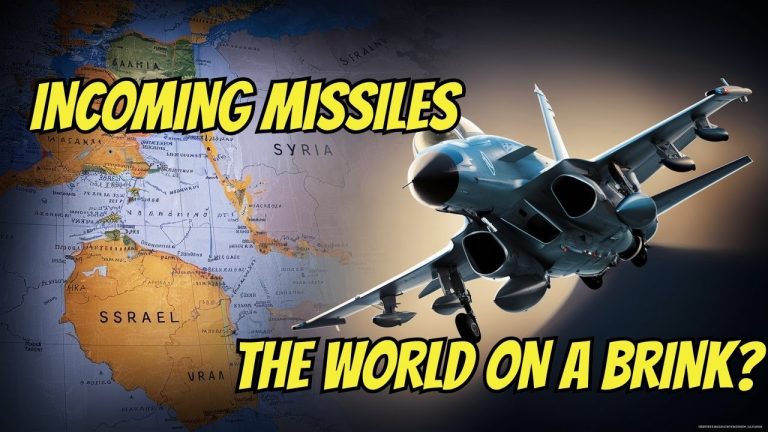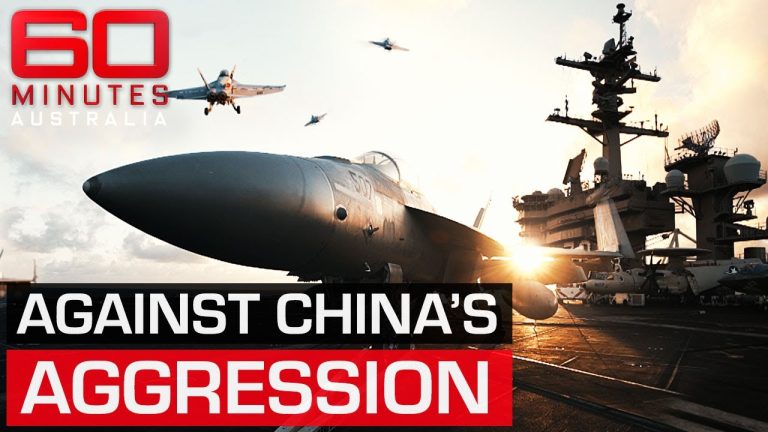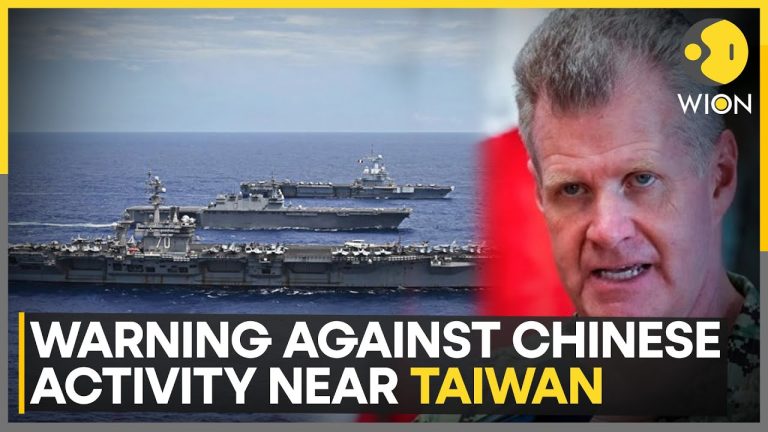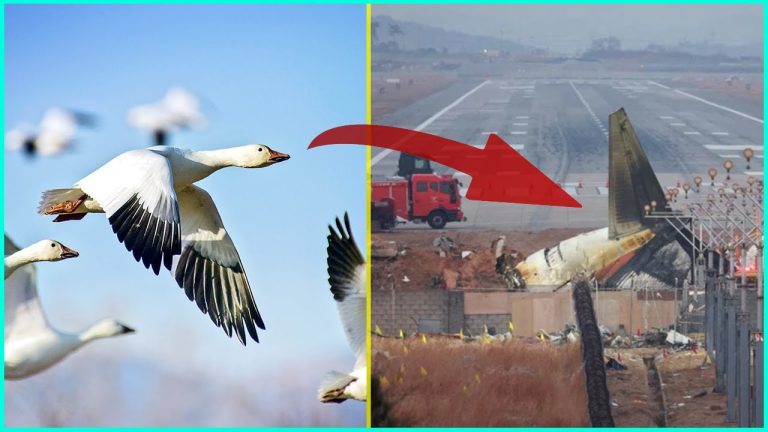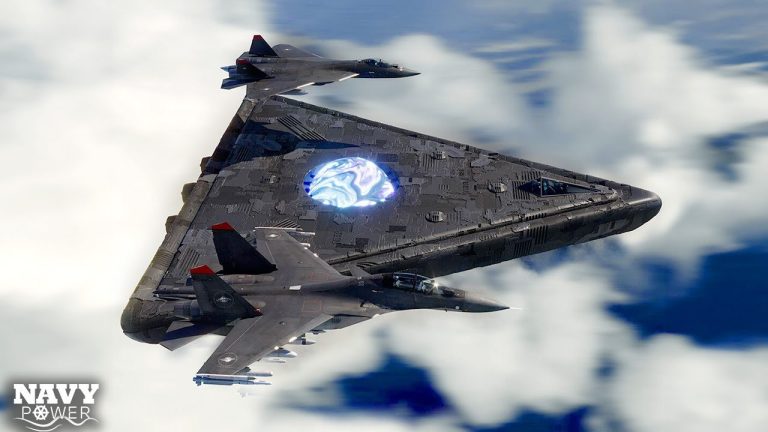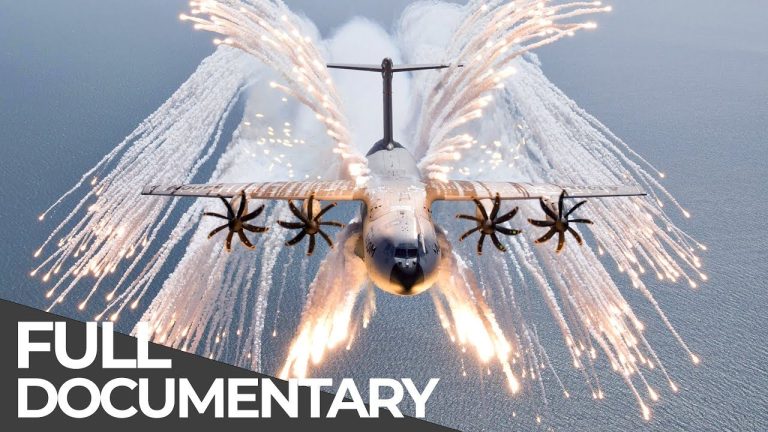**Definitive Proof: Russia’s Arsenal is Empty – Total Collapse Ahead**

Recent assessments indicate that Russia’s military is facing a dire situation, with its arsenal depleting at an alarming rate. According to data from the General Staff of Ukraine’s Armed Forces, Russia has lost approximately 9,156 tanks and 18,847 armored fighting vehicles between February 24, 2022, and October 31, 2024. Even conservative estimates, which account solely for visually confirmed losses, report staggering figures of around 3,536 tanks and 1,723 fighting vehicles. This depletion is so severe that it surpasses the total tank inventories of several nations.
Historically, Russia has relied on its vast stockpiles of military equipment, particularly tanks, to maintain its military operations. However, the ongoing conflict in Ukraine has rapidly drained these reserves. The Central Tank Reserve Bases, which once housed significant numbers of armored vehicles, now show signs of severe depletion. For instance, the 769th Central Tank Reserve Base, once a critical supply point, has seen its inventory plummet from 857 tanks in late 2022 to just 630 by April 2023 – a staggering 70% reduction in stock.
The Russian military’s tank storage and maintenance systems, originally designed to ensure operational readiness, have proven inadequate. The Central Tank Reserve Bases, which rely on advanced storage techniques, have not been able to effectively preserve the aging inventory. Many tanks are left exposed to the elements, leading to rust and deterioration. Furthermore, a significant number of these tanks have been stripped for parts, indicating a reliance on outdated models and severely limiting their operational potential.
As the war has progressed, Russia has increasingly turned to older Soviet-era tanks, such as the T-62 and T-55, which lack the modern capabilities necessary to compete on today’s battlefield. These antiquated models show vulnerabilities to contemporary anti-tank weaponry, including the Javelin and NLAW systems, which Ukrainian forces have employed with devastating effect. The combination of poor tactics, inadequate training, and reliance on outdated technology has exacerbated the situation, leading to a substantial loss of armored units.
Strikingly, Russia’s military doctrine has not adapted to the realities of modern warfare. The reliance on large armored columns without adequate infantry support has made Russian tanks easy targets for Ukrainian forces. Reports indicate that entire companies of Russian armor have been ambushed and destroyed due to this flawed strategy. As the conflict evolves into a war of attrition, the rapid loss of tanks is unsustainable; recent figures suggest Russia is losing around 100 tanks each month, significantly outpacing its production capabilities.
Although Russia claims to ramp up production, estimates suggest it can only produce between 500 to 600 new tanks annually. This figure falls woefully short of replacing the losses incurred in combat. Compounding the issue is the fact that much of the production is focused on refurbishing older models rather than building new ones, further limiting the effectiveness of Russia’s armored fleet. The ongoing sanctions have severely impacted Russia’s ability to source advanced components, leading to a reliance on inferior parts that impair the performance of newly produced vehicles.
The situation is exacerbated by a lack of effective recovery vehicles, which hampers the ability to repair and return damaged tanks to the frontlines. The absence of proper logistics and maintenance infrastructure means that many damaged vehicles are abandoned, compounding the losses. In 2024, experts predict that Russia’s stock of usable tanks could drop below 1,000 as a result of these continuous losses.
In light of these challenges, the Russian military’s long-term viability appears increasingly precarious. The reliance on outdated equipment and the inability to effectively sustain tank operations suggest a looming collapse of its armored forces. If current trends continue, Russia may find itself unable to maintain an effective military presence in Ukraine, raising critical questions about its strategic objectives and future capabilities.
As the conflict continues, the depletion of Russia’s military arsenal is not just a logistical challenge; it raises existential questions about the Kremlin’s ambitions in Ukraine and beyond. The combination of heavy losses, inadequate production, and reliance on antiquated technology paints a grim picture for Russia’s military future, suggesting that a total collapse may be imminent unless significant changes are made.

